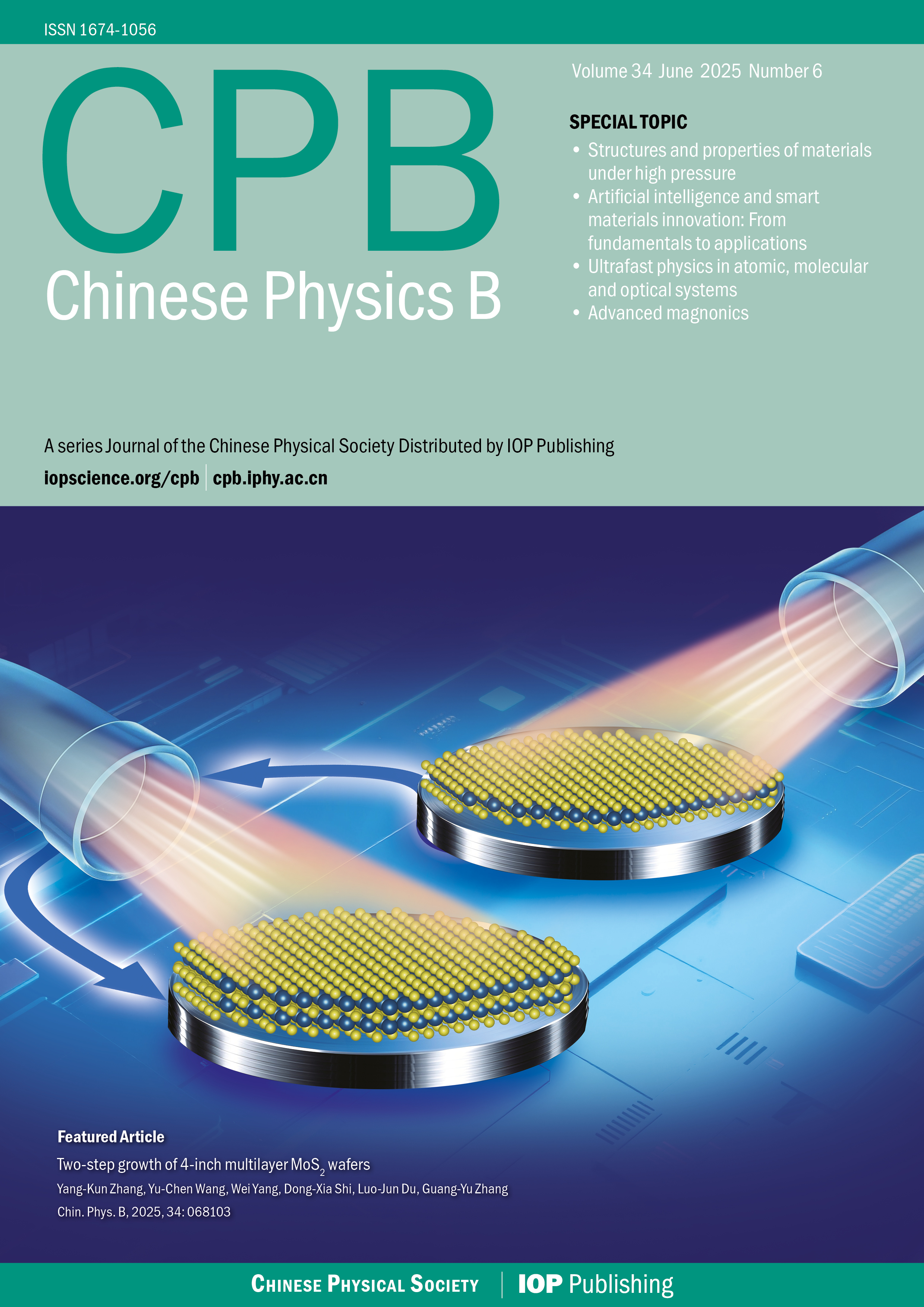Diffusion behavior of helium in titanium and the effect of grain boundaries revealed by molecular dynamics simulation
- Available Online: 01/01/2016
-
Key words:
- diffusion /
- grain boundary /
- helium and titanium /
- molecular dynamics
Abstract: The microstructures of titanium (Ti), an attractive tritium (T) storage material, will affect the evolution process of the retained helium (He). Understanding the diffusion behavior of He at the atomic scale is crucial for the mechanism of material degradation. The novel diffusion behavior of He has been reported by molecular dynamics (MD) simulation for the bulk hcp-Ti system and the system with grain boundary (GB). It is observed that the diffusion of He in the bulk hcp-Ti is significantly anisotropic (the diffusion coefficient of the [0001] direction is higher than that of the basal plane), as represented by the different migration energies. Different from convention, the GB accelerates the diffusion of He in one direction but not in the other. It is observed that a twin boundary (TB) can serve as an effective trapped region for He. The TB accelerates diffusion of He in the direction perpendicular to the twinning direction (TD), while it decelerates the diffusion in the TD. This finding is attributable to the change of diffusion path caused by the distortion of the local favorable site for He and the change of its number in the TB region.

 首页
首页 登录
登录 注册
注册






 DownLoad:
DownLoad: